Using Blender created this model
that can be seen in A-frame in this link
This model is great and it gives an overview of what I'm trying to accomplish here. Basically, instead of having the names, I'd have dots that symbolize one specific platform.
The best way to achieve it with current state of the art, at my sight, is through Plotly 3D Scatter Plots. I've got the following scatterplot
import plotly.express as px
import pandas as pd
df = pd.read_csv('https://raw.githubusercontent.com/tiago-peres/immersion/master/Platforms_dataset.csv')
fig = px.scatter_3d(df, x='Functionality ', y='Accessibility', z='Immersion', color='Platforms')
fig.show()
that by going to this link you'll be able to click a button and open it in Colab
This nearly looks like the model. Yet, still in need to add three planes to the plot in specific locations. More precisely, in x=?, y=? and z=? (I'm using question mark because the value can be anything stablished).
In other words, want to add three planes to that scatterplot
- x = 10
- y = 30
- z = 40
In the documentation, what closely resembles what I want was 3D Surface Plots.
I've done research and found two similar questions with R




